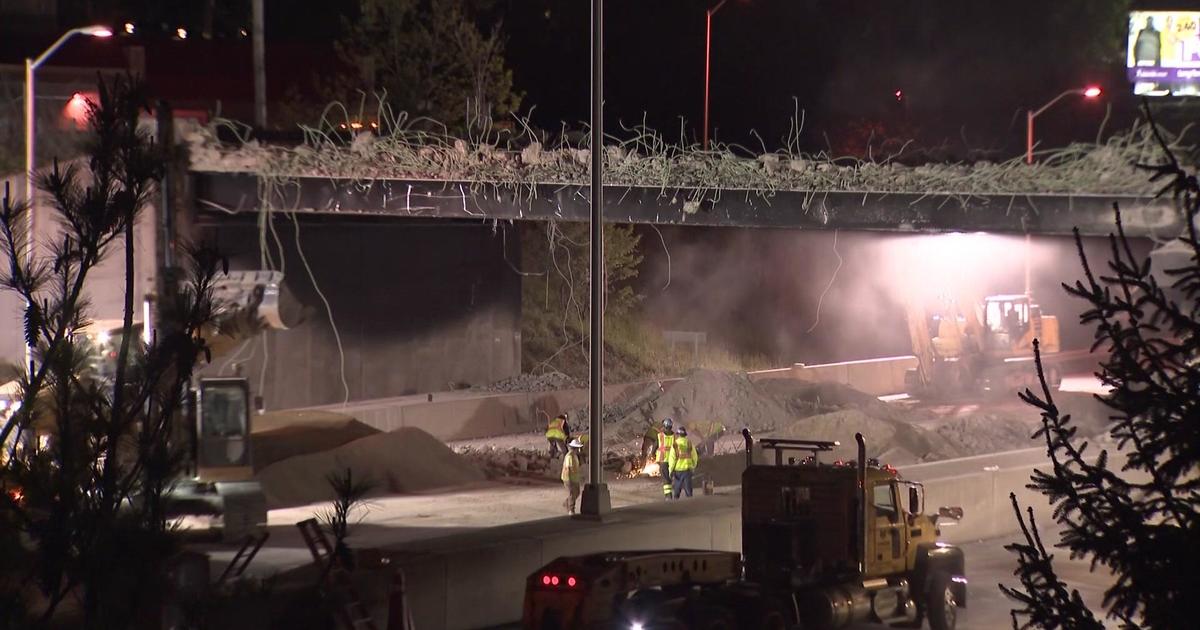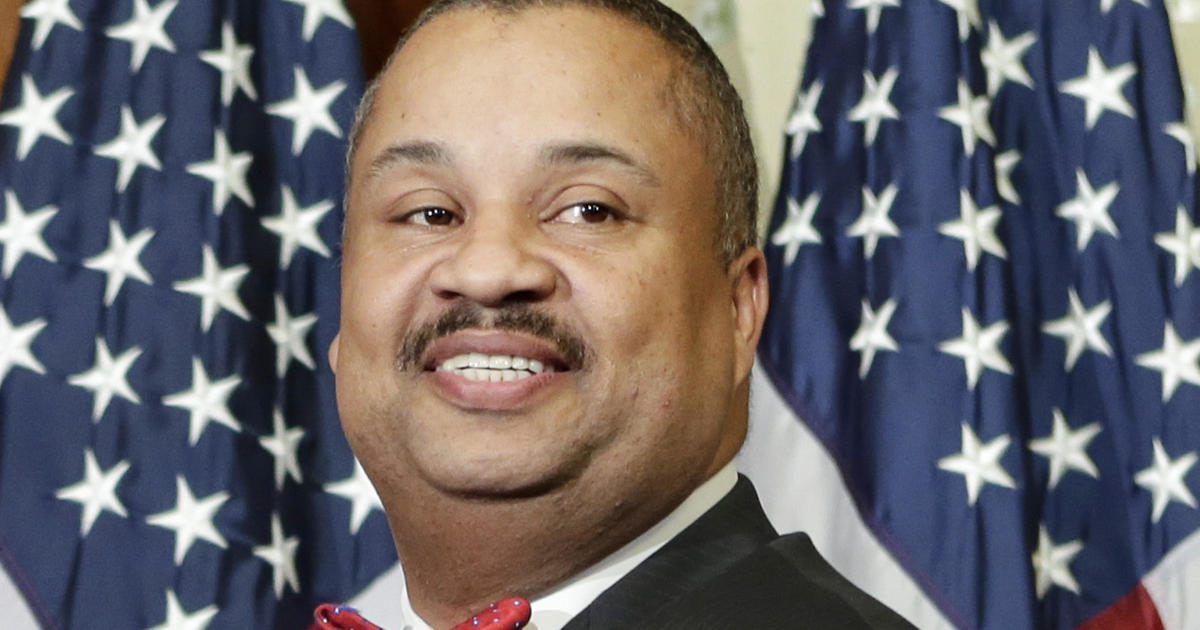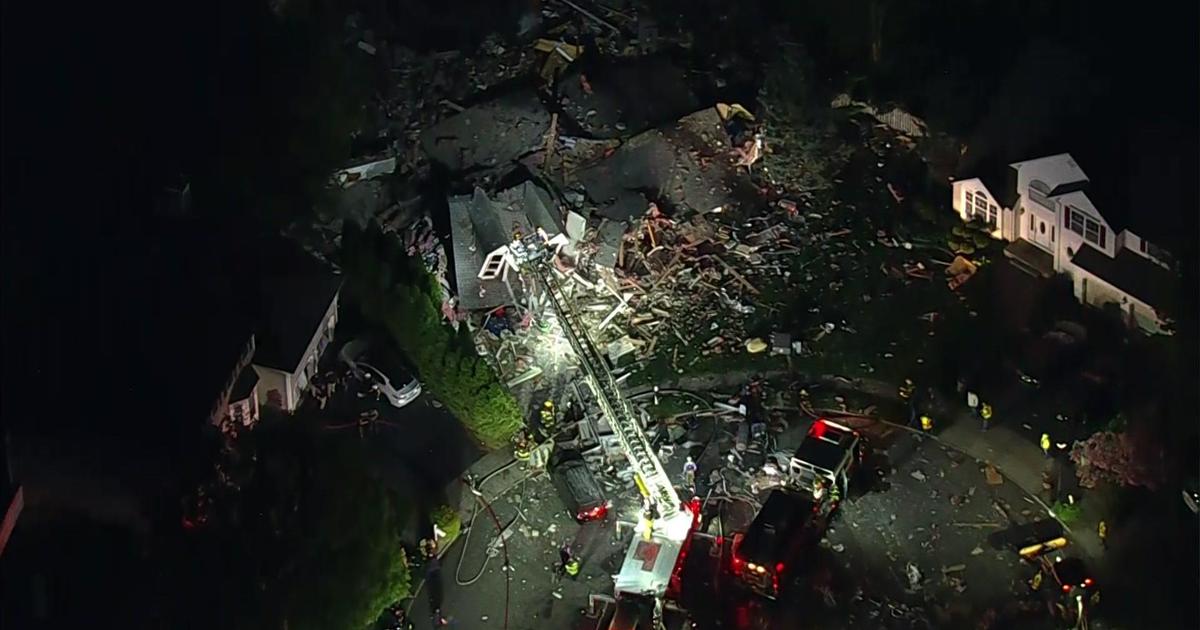One New Jersey city is getting over $1.5 million to combat flash flooding. Here's how it's going to help.
PASSAIC, N.J. -- The city of Passaic received historic funding Wednesday to combat flash flooding.
The federal funds will change the city's landscape.
Flash flood remediation in Passaic, New Jersey
Rep. Bill Pascrell handed over a check for federal funds totaling more than $1.5 million that will go toward flash flood remediation in Passaic.
"This award will be essential to improving drainage to prevent tragedies in the future," he said.
Mayor Hector Carlos Lora shares more trees will be planted, and green space and underground rain water storage will be added. A culvert that has been the root cause of the repeat problem will be redesigned.
"You will see a tangible change here that will bring relief," Lora said.
Deadly flooding when remnants of Hurricane Ida hit Passaic, New Jersey
Three years ago in Passaic, two young adults inside a sedan tried to flee rising waters caused by the remnants of Hurricane Ida, but the force of flash flood waters swept them away to their deaths. The loss still weighs heavy in the city.
"When are we going to do something about this? We saw the storms increasing. We saw lives lost," Lora said.
Devastating flash flooding is considered commonplace along Main and Benson avenues and in Veterans Park, but not for much longer.
How will climate change impact flash flooding in the future?
No better time than the present to prepare for a future with a changing climate.
"More of our rain is falling in larger events. I like to say when it rains, it pours," said Dr. Dave Robinson, a New Jersey state climatologist with Rutgers University.
Robinson explains warmer air holds more moisture.
"When you have a trigger come to squeeze that moisture out of the clouds, there's more moisture there to fall, and with a continual increase in temperatures, we're bound to see this occur more often in the future," he said.
"In the last 60 years, we've had basically had a 50 percent increase in the northeastern United States of these 1 percent extreme rainfall events," said Nelson Vaz, a warning coordination meteorologist with the National Weather Service.
Extreme rainfall events like Ida, says Vaz.
He adds we could see another additional 40% increase through the mid- to late century.




